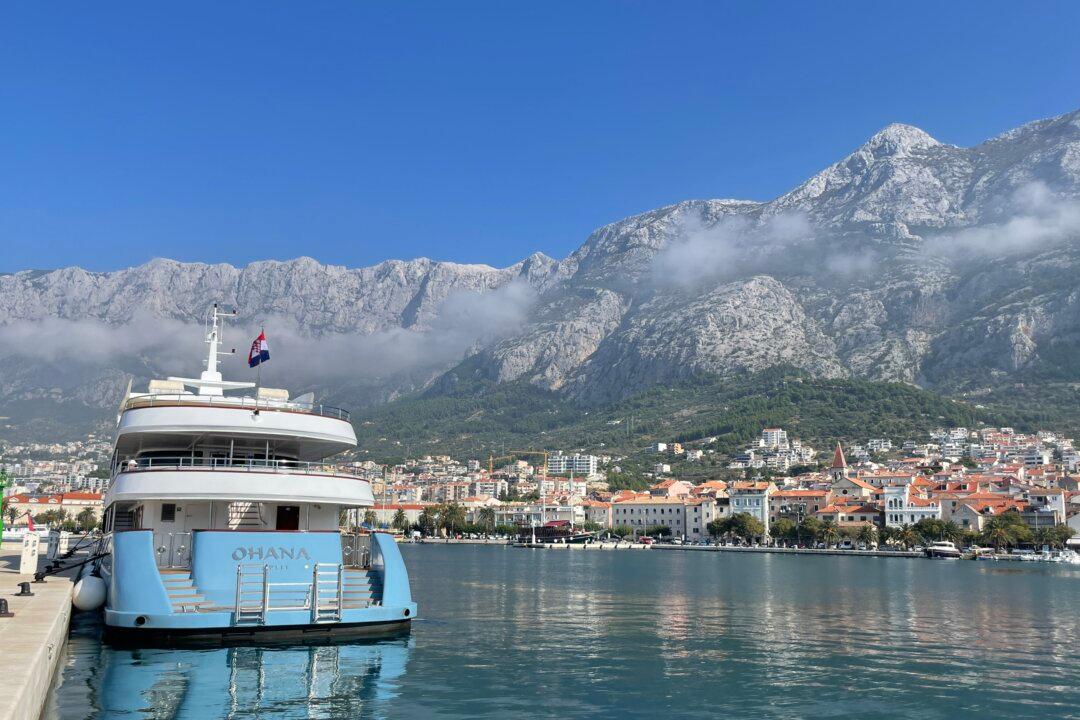The big green gator in front of me sways with surprising agility. At 7 feet tall and 2 feet wide, Gumbeaux the Mardi Gras gator is an impressive sight as he dances to the beat of “Funky Town.”
We’re on a sparkly parade float, moving slowly down the streets of Lake Charles, Louisiana. It’s Mardi Gras, and the popular gator mascot is leading the children’s parade. Hundreds and hundreds of young children and their families line the streets, dancing and jumping to catch strands of beads that are thrown from the floats.





